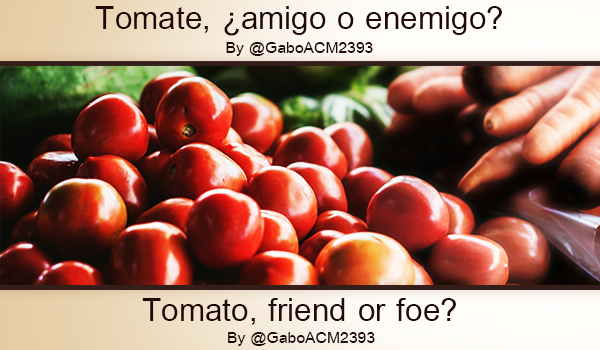
(English version below)
¡Saludos cordiales comunidad de Hive! En esta ocasión les traigo una serie de publicaciones en las que estaré comentando puntos bastante interesantes acerca de algunos productos de origen vegetal; cómo se cultivan, sus variedades, beneficios para la salud, cómo pueden perjudicarnos y cómo debemos/podemos consumirlo. Tras haber comentado todos estos puntos, quedará de parte de cada uno contestar la pregunta, ¿amigo o enemigo?
Comenzaremos con una de mis hortalizas favoritas, el tomate. Sí, es esa hortaliza redonda que a veces comemos cruda, en salsa o como ingrediente de innumerables recetas. Existen muchas variedades de tomates, algunas desconocidas para muchos. Sin embargo, para hablar del tomate primero les contaré cómo se cultiva.
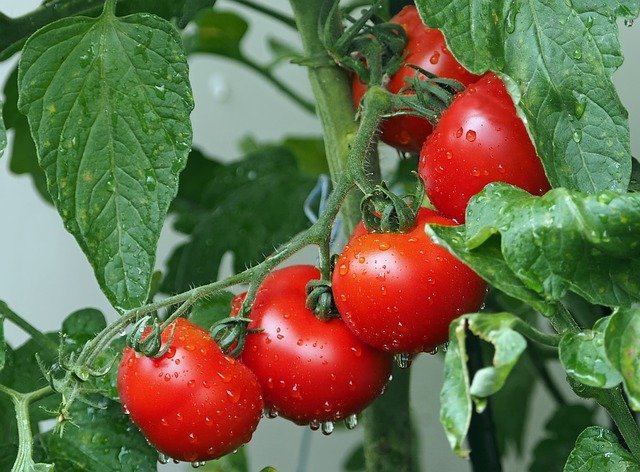
Cuando se corta un tomate por la mitad, de inmediato salta a la vista la gran cantidad de semillas que tiene en su interior. Cada una de estas semillas, si se extraen de frutos maduros, son capaces de germinar y convertirse en nuevas plantas que, a su vez, producirán más tomates. Es cierto que muchos siembran tomates en casa, entre ellos me incluyo, pero su cultivo no es tan simple como extraer semillas, sembrarlas en la tierra y esperar a que crezcan, florezca y aparezcan los tomates, no, tiene sus dificultades.
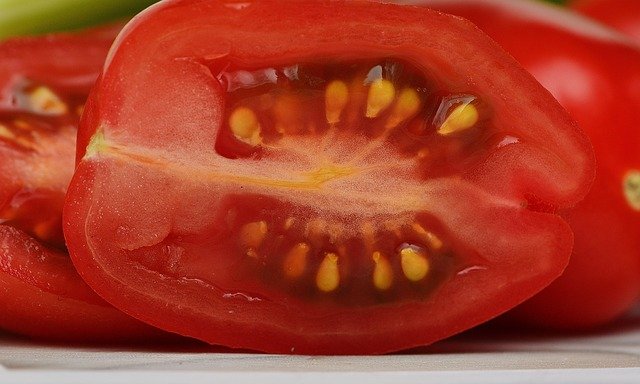
Como todo organismo vivo, la planta del tomate es propensa a sufrir enfermedades. En mi país, por ejemplo, no se acostumbra a cultivar tomate durante la temporada de lluvia, sino en verano; esto debido a que la lluvia perjudica las plantaciones de tomate, es decir, enferma tanto a las plantas como al fruto, algo que he visto de primera mano. Además de esto, se deben colocar estacas guías para un adecuado desarrollo de las plantas, ya que su tallo es delgado y puede doblarse o quebrarse por el peso de la misma planta o por el de sus frutos. Aclaro que estas son solo algunas de las tantas cosas que se deben saber para el cultivo del tomate.
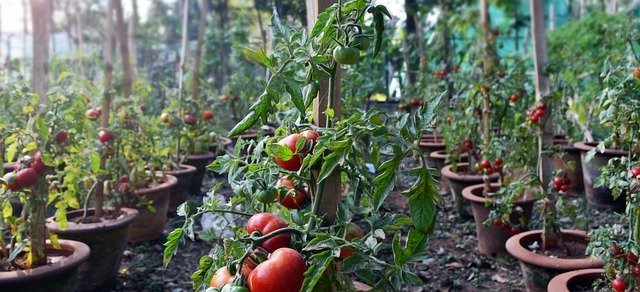
En estos tiempos es muy común que se cultive el mismo tipo de tomate en distintas partes del mundo. Con frecuencia se crean semillas hibridas (cruce entre variedades distintas), resistentes a plagas, a enfermedades y a climas en los que ciertos tipos de tomates no se desarrollarían. Estas semillas hibridas suelen producir frutos muy bonitos y de mayor tamaño al de un tomate que encontraríamos, por ejemplo, en un huerto casero; sin embargo, si tomamos las semillas de un fruto híbrido y lo sembramos, esta no producirá la misma clase de tomate, sino uno muy distinto, tal vez más pequeño o menos resistente a plagas, si acaso logra germinar dicha semilla. Hay que aclarar que tanto las semillas hibridas como las semillas normales son naturales, no son modificadas genéticamente como las semillas transgénicas, que es un tema que no abordaré en esta publicación.
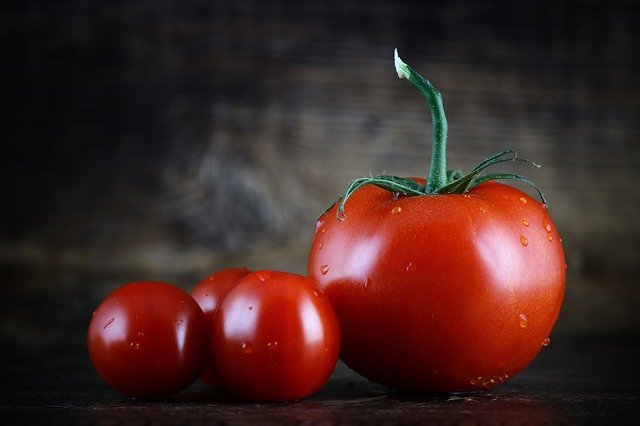
Ahora bien, para optimizar la producción de los cultivos, se suele usar un mismo tipo de tomate que sea resistente al clima, a plagas o que produzca mejores frutos. Por lo tanto, es posible encontrar un mismo tipo de tomate (sea híbrido o de alguna variedad) tanto en países del norte como en países del sur; Sin embargo, esto no quiere decir que solo existen esos tomates que siempre vemos en el supermercado, no, existen muchas variedades de tomates, tantas que nos sorprenderían. Tal vez han oído hablar del tomate Cherry, el RAF o el Moruno, pero me gustaría hacer mención a una variedad en particular, que aquí en mi país llamamos tomate de árbol. Es cierto que, al menos en mi país, no es tan comercial como otras variedades de tomates ya mencionadas, pero es muy recomendable para bajar de peso, para la presión alta e incluso para mejorar el sistema inmunológico. A pesar de que no es tan común, bien valdría la pena integrarlo a nuestra dieta.
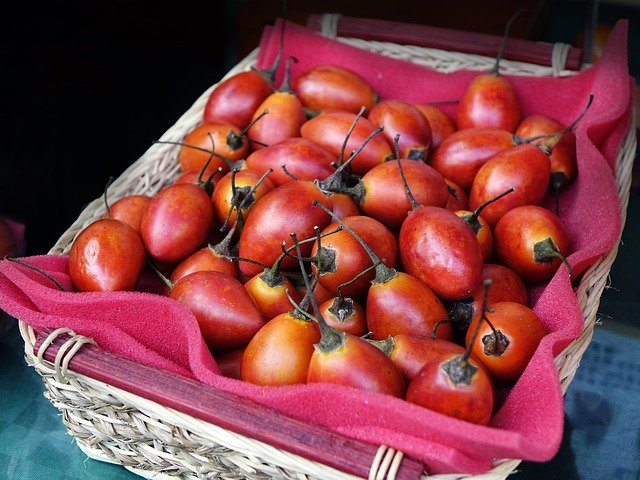
Además de lo mencionado anteriormente, en mayor o menor medida dependiendo de la variedad, el tomate es muy útil para aquellos que siguen dietas bajas en calorías y es un excelente antioxidante. Hay muchas personas que piensan que el tomate eleva los niveles de ácido úrico, sea esto cierto o no, el mismo tomate cuando está verde es útil para eliminar el ácido úrico, además de ser un buen aliado contra la artritis. No obstante a los beneficios que posee, no es recomendable para quienes sufren de reflujo, por su acidez.
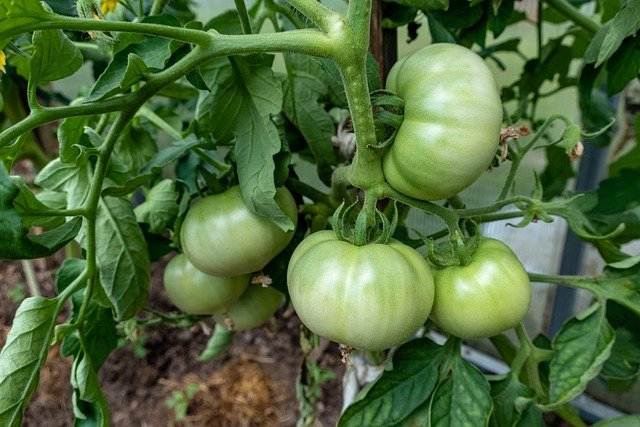
Sea que consumamos mucho tomate o no, tenemos muchas opciones de preparación. En algunas recetas, específicamente de salsas, se les suele tatemar para luego quitarles la piel y desecharla. Está claro que en este caso es recomendable desechar la piel del tomate, ya que suele quemarse al exponerse directamente al fuego. Pero hay ocasiones, por ejemplo cuando se come crudo, en las que debemos preguntarnos, ¿debería dejarle la piel al tomate o quitársela? Debemos recordar que esta piel del tomate es fibra y la fibra es una buena aliada en la lucha contra el estreñimiento; además, aporta minerales y vitaminas muy beneficiosas para nosotros. En cualquier caso, lo importante es disfrutar de este delicioso producto de la tierra pensando siempre en nuestra salud.
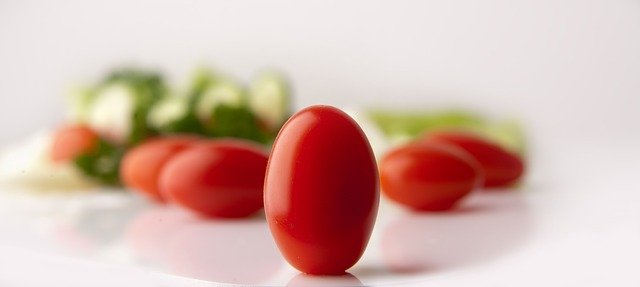
Entonces, ¿qué crees que sea el tomate? ¿Amigo o enemigo? Cada uno debe responder...
Bien compañeros, espero que les haya gustado la publicación tanto como a mí me gustó escribirla. Si tienen algo que agregar u opinar, pueden hacerlo en los comentarios, los estaré leyendo. Me despido entonces…
¡Hasta la próxima!
*****English Version*****

Warm greetings Hive community! On this occasion I bring you a series of posts in which I will be commenting quite interesting points about some products of vegetable origin; how they are grown, their varieties, health benefits, how they can harm us and how we should/could consume them. After having commented on all these points, it will be up to each one of us to answer the question, friend or foe?
Let's start with one of my favorite vegetables, the tomato. Yes, it is that round vegetable that we sometimes eat raw, in sauce or as an ingredient in countless recipes. There are many varieties of tomatoes, some unknown to many. However, to talk about tomatoes, I will first tell you how they are grown.

When you cut a tomato in half, you immediately notice the large number of seeds inside. Each of these seeds, if extracted from ripe fruits, are able to germinate and become new plants that, in turn, will produce more tomatoes. It is true that many people plant tomatoes at home, including myself, but its cultivation is not as simple as extracting seeds, sowing them in the ground and wait for them to grow, bloom and appear tomatoes, no, it has its difficulties.

Like any living organism, the tomato plant is prone to diseases. In my country, for example, it is not customary to grow tomatoes during the rainy season, but only in summer; this is because rain damages tomato plantations, that is, it makes both plants and fruit sick, something I have seen firsthand. In addition to this, guide stakes must be placed for a proper development of the plants, since their stem is thin and can bend or break under the weight of the plant itself or its fruit. I clarify that these are just some of the many things you should know for the cultivation of tomatoes.

Nowadays it is very common for the same type of tomato to be grown in different parts of the world. Often hybrid seeds are created (crosses between different varieties), resistant to pests, diseases and climates in which certain types of tomatoes would not develop. These hybrid seeds usually produce very beautiful fruits and larger than a tomato that we would find, for example, in a home garden; however, if we take the seeds of a hybrid fruit and sow it, it will not produce the same kind of tomato, but a very different one, perhaps smaller or less resistant to pests, if it manages to germinate that seed. It should be clarified that both hybrid seeds and normal seeds are natural, they are not genetically modified like transgenic seeds, which is a topic that I will not address in this publication.

Now, in order to optimize crop production, it is common to use the same type of tomato that is resistant to climate, pests or that produces better fruit. Therefore, it is possible to find the same type of tomato (hybrid or variety) in both northern and southern countries; however, this does not mean that there are only those tomatoes that we always see in the supermarket, no, there are many varieties of tomatoes, so many that we would be surprised. Perhaps you have heard of the Cherry tomato, the RAF or the Moruno, but I would like to mention a particular variety, which here in my country we call tree tomato (or tamarillo). It is true that, at least in my country, it is not as commercial as other varieties of tomatoes already mentioned, but it is highly recommended for weight loss, high blood pressure and even to improve the immune system. Although it is not as common, it would be well worth integrating it into our diet.

In addition to the above mentioned, to a greater or lesser extent depending on the variety, the tomato is very useful for those who follow low-calorie diets and is an excellent antioxidant. There are many people who think that tomatoes raise uric acid levels, whether this is true or not, the same tomato when it is green is useful to eliminate uric acid, besides being a good ally against arthritis. In spite of its benefits, it is not recommended for those who suffer from reflux, due to its acidity.

Whether we consume a lot of tomatoes or not, we have many preparation options. In some recipes, specifically for sauces, they are usually roasted and then the skin is removed and discarded. It is clear that in this case it is advisable to discard the skin of the tomato, since it is usually burned when exposed directly to fire. But there are occasions, for example when it is eaten raw, in which we must ask ourselves, should we leave the skin on the tomato or remove it? We must remember that this tomato skin is fiber and fiber is a good ally in the fight against constipation; it also provides minerals and vitamins that are very beneficial for us. In any case, the important thing is to enjoy this delicious product of the land always thinking about our health.

So what do you think the tomato is, friend or foe? Each one must answer...
Well fellows, I hope you liked the publication as much as I liked writing it. If you have anything to add or comment, you can do it in the comments, I'll be reading them. I'll say goodbye then...
See you next time!

Imágen principal editada con Photoshop (original)
Traducido con DeepL
Main image edited with Photoshop (original)
Translated with DeepL
Últimos tres post/Last three posts:
Tutorial - Crea tu propia imagen principal / Tutorial - Make your own main image
Contest: "Detox: first steps to purify our Body" / Concurso: "Detox: primeros pasos para depurar nuestro Cuerpo"
#LEARNANDEARN Contest - 2nd week in Hive / 2da semana en Hive
Originally posted here: https://hive.blog/hive-120078/@gaboamc2393/esp-eng-tomate-amigo-o-enemigo
No comments:
Post a Comment